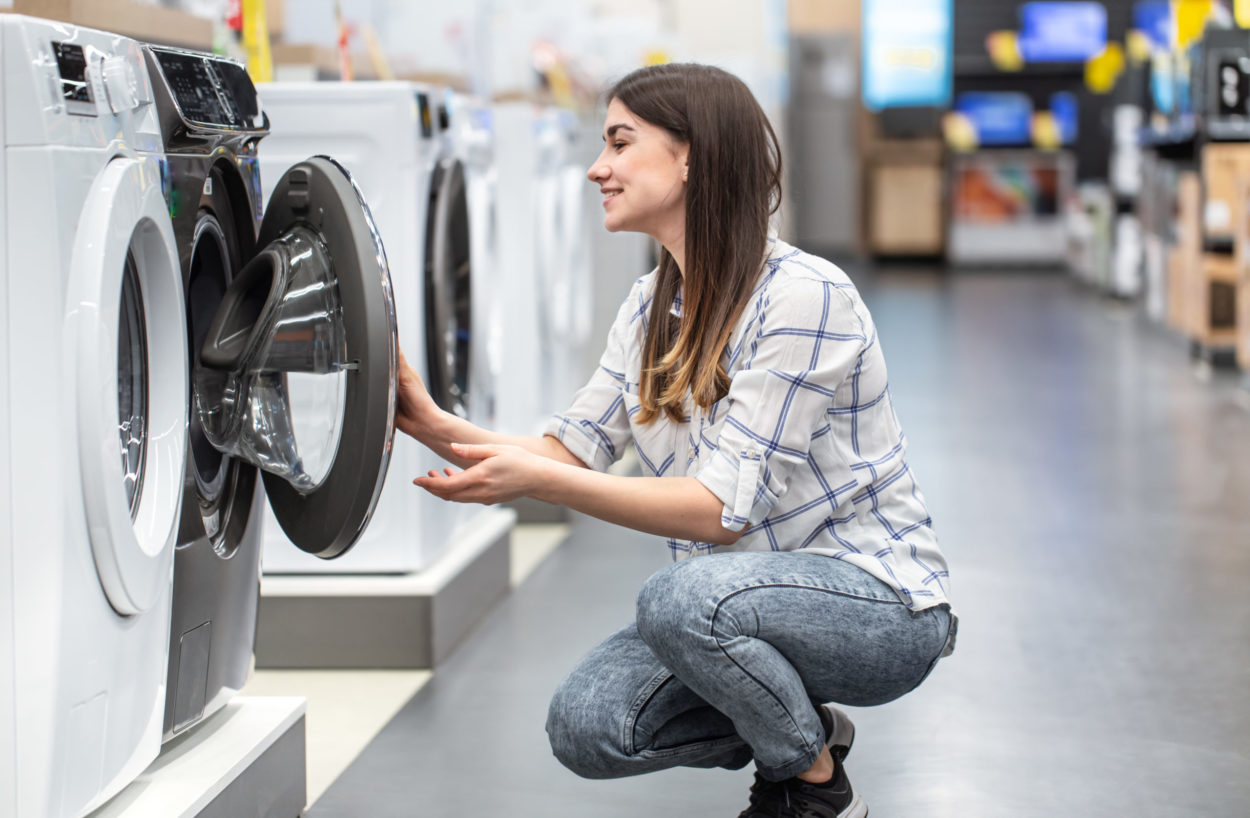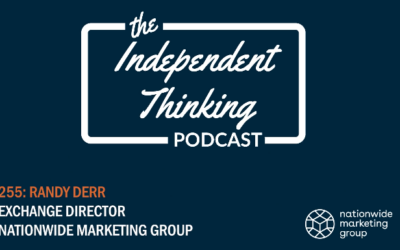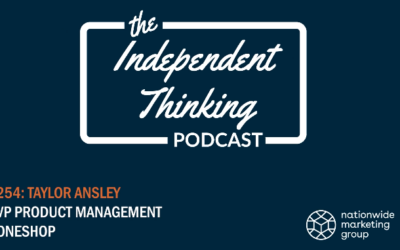As we wind our way through the first quarter of 2021, we are reminded of the remarkably challenging year that 2020 left behind. And when it comes to appliances, our industry continues to dig out of a global pandemic that it was not prepared to face.
Overnight, it felt like there was not a freezer to be found, as consumers in March raced to buy up all the food in fear of the unknown – and then needed a place to store it. But demand for freezers would just be the beginning, as we would see demand skyrocket for every household appliance, from refrigeration and laundry to dishwashers and cooking. While much of 2020 felt like there was never an end in sight, there is so much more to how we got here and the valuable lessons we learned along the way.
Let’s begin with the effects the virus took on the industry’s supply chain, which led to unprecedented inventory shortages that took their toll.
The headwinds of COVID-19 were harder to take because, unlike the tailwinds, much of the hardship caused by COVID-19 were due to events that occurred outside of our control. One prime example is the mounting factory closures that seemed to happen almost daily, due to workers reportedly showing up to work with the virus and/or the added precautionary measures that were introduced for employee safety. No matter the cause, factories were left at a standstill for weeks at a time. And once they reopened, yields dropped to 60% – or lower in some cases – as more drastic measures were put in place for employee safety. This ultimately affected the entire supply chain, as all product categories eventually were constrained at some point during 2020.
As inventory became the biggest commodity, whoever had product on any given day ended up winning the sale. And retailers rushed to find their place online, ensuring their omnichannel position in the market was prevalent. In fact, adoption of BOPIS (Buy Online, Pick-Up In-Store), online chat, appointment scheduling, and websites that showed inventory and offered transactional capabilities were all suddenly top priorities, if they hadn’t already been, illustrating the way in which retailers were now adapting to the new business model.
While retailers reacted to the increased demand, manufacturers were racing to make adjustments of their own.
Suddenly, back orders began to mount, totaling 100,000s of units, and manufacturers needed to address the demand in the market. This led to industry-wide changes in the second half of 2020, which will carry on throughout the first half of 2021. One of the more notable changes we saw from manufacturers to slow demand was a material drawback in promotional activity, as “on sale” became somewhat obsolete given the fact that appliances were being sold at suggested retail. This not only improved dealer margins but in some ways helped stabilize pricing in the industry. And when those few items did go on sale, the promo windows were shortened by weeks. For example, whereas Black Friday sales would normally run for most of the month, they only lasted for one short week in 2020.
In addition to suppliers moving to a less-frequent promotional cadence, they also began to limit their production output in certain categories, focusing only on those models that were the top sellers or most productive. This allowed for a more concentrated output and higher yield outcome with labor, tooling and materials.
And if pricing and focused production weren’t enough, the industry also began to face price increases. These were the result of rising costs in all areas of bringing a product to market, including freight, parts, labor and the added measures to implement social distancing in the workplace.
So, what does this all mean for 2021?
Well, as we look to the year ahead, I am optimistic. I believe the appliance business will begin to stabilize in the second half due not only to the improved inventory recovery from manufacturers but also, of course, a widely and successfully distributed vaccine. There will certainly be slower recovery periods throughout the year in certain categories but, overall, I predict a healthier 2021. And I think we can all agree that we certainly need a healthy industry to benefit the retailers who operate, employ and support their communities, as well as the brands that support them. So, hang on just a little bit longer – we’re almost there.
This article was originally published in the February 2021 issue of Retail Observer.




